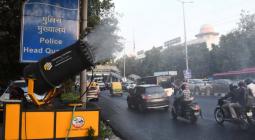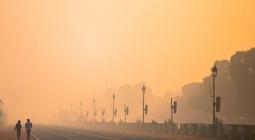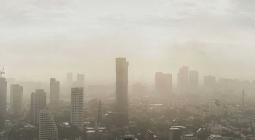Asia is home to 99 of world’s 100 most vulnerable cities.
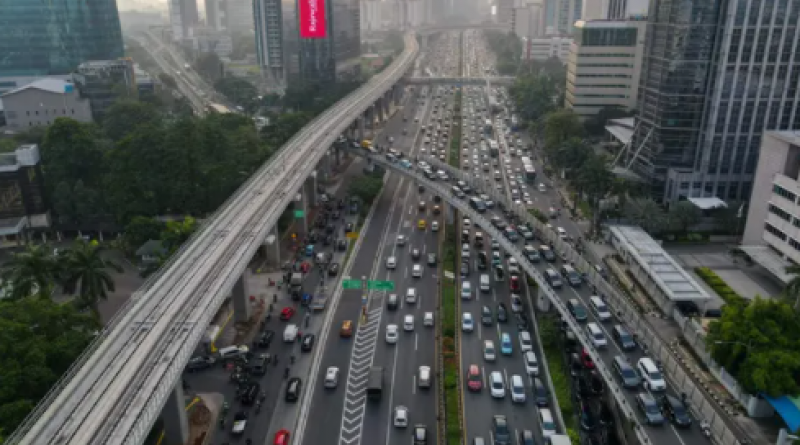
Indonesia’s capital Jakarta – plagued by pollution, flooding and heatwaves – tops risk assessment ranking.
Of the 100 cities worldwide most vulnerable to environmental hazards all but one are in Asia, and 80% are in India or China, according to a risk assessment.
More than 400 large cities with a total population of 1.5 billion are at “high” or “extreme” risk because of a mix of life-shortening pollution, dwindling water supplies, deadly heatwaves, natural disasters and the climate emergency, the report found.
Jakarta, the capital of Indonesia, plagued by pollution, flooding and heatwaves, topped the ranking. But India, home to 13 of the world’s 20 cities most at risk, may face the most daunting future of any country. Delhi ranks second on the global index of 576 cities, compiled by the business risk analyst Verisk Maplecroft, followed in India by Chennai (third), Agra (sixth), Kanpur (10th), Jaipur (22nd) and Lucknow (24th). Mumbai, with a population of 12.5 million, is 27th.
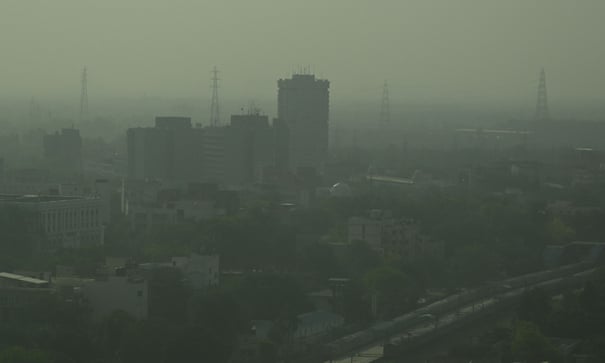
Looking only at air pollution – which causes more than 7m premature deaths worldwide each year, including a million in India alone – the 20 cities with the worst air quality in urban areas of at least a million people are all in India, with Delhi topping the list.
The air pollution assessment was weighted towards the impact of microscopic, health-wrecking particles known as PM2.5, owing in large measure to the burning of coal and other fossil fuels.
Outside Asia, the Middle East and north Africa have the largest proportion of high-risk cities across all threat categories, with Lima the only non-Asian city in the Top 100.
“Home to more than half the world’s population and a key driver of wealth, cities are already coming under serious strain from dire air quality, water scarcity and natural hazards,” said the report’s lead author, Will Nichols. “In many Asian countries these hubs are going to become less hospitable as population pressures grow and climate change amplifies threats from pollution and extreme weather, threatening their role as wealth generators for national economies.”

China, while richer than India, faces formidable environmental challenges as well. Of the 50 cities worldwide most beset by water pollution, 35 are in China, as are all but two of the Top 15 facing water stress, according to the report.
But different political systems and levels of development may play in China’s favour, Nichols said. “For China, an emerging middle class is increasingly demanding cleaner air and water, which is being reflected in government targets,” he said. “China’s top-down governance structure – and willingness to take abrupt measures, such as shutting down factories to meet emissions goals – gives it more of a chance of mitigating these risks.”
India’s weaker governance, coupled with the size and scale of its informal economy, makes it far harder to address environmental and climate problems at the city level, he added.

When it comes to global heating and its effect, the focus shifts sharply to sub-Saharan Africa, home to 40 of the 45 most climate-vulnerable cities on the planet. The continent will be hit the hardest not only because of droughts, heatwaves, storms and flooding, but also because it is so ill-equipped to cope.
“Africa’s two most populous cities, Lagos and Kinshasa, are among those at highest risk,” the report noted. Other especially vulnerable cities included Monrovia, Brazzaville, Freetown, Kigali, Abidjan and Mombasa.
The climate index combined the threat of extreme events, human vulnerability, and the ability of countries to adapt. The report is the first in a series of risk assessments for cities and evaluates threats to liveability, investment potential, real estate assets and operational capacity.
May 2021
The Guardian

